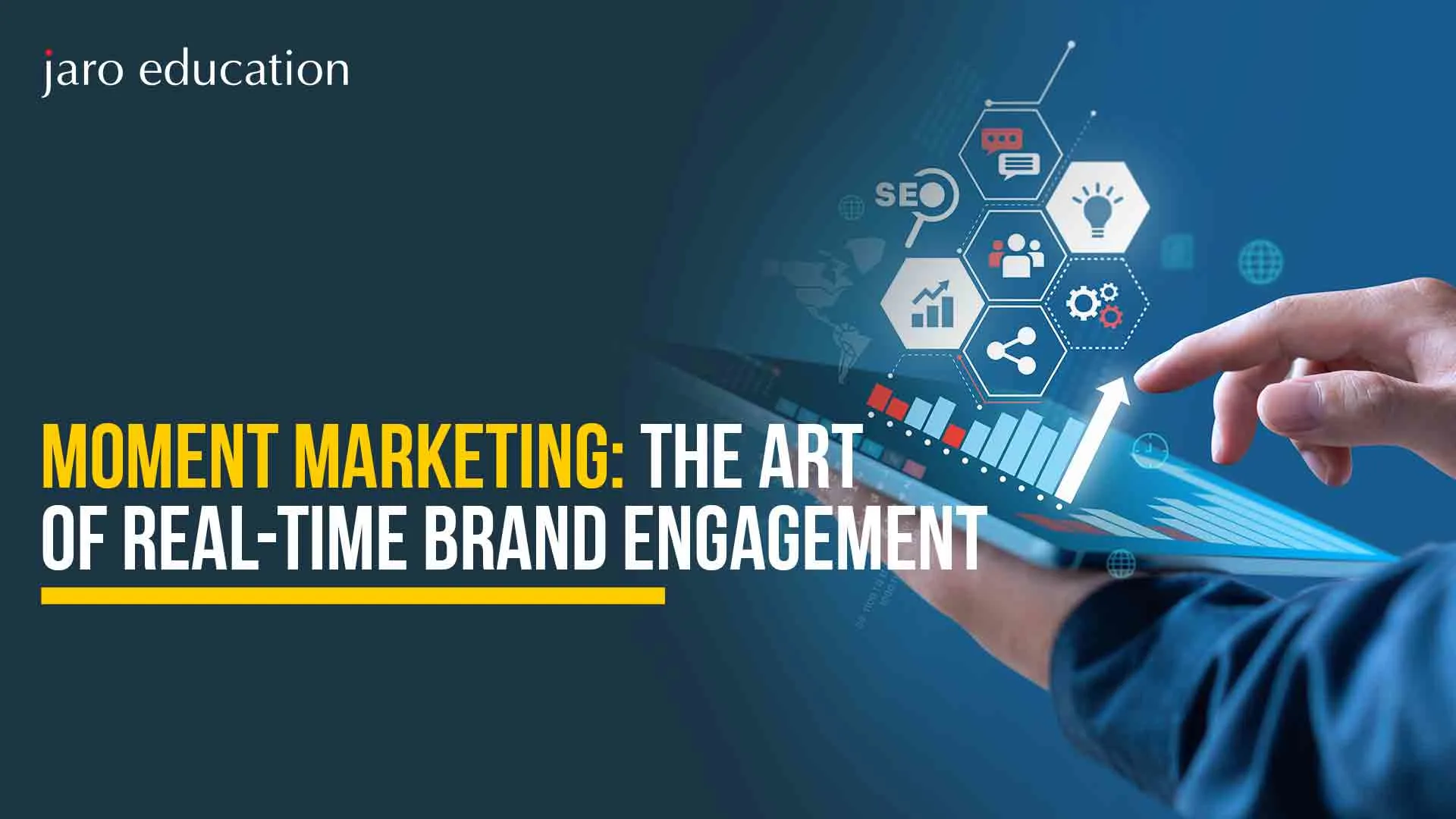
Moment Marketing: The Art of Real-Time Brand Engagement
These days, things on online platforms move fast. One moment it’s a meme; the next it’s yesterday’s news. Therefore, brands that wait too long miss the window. That’s where moment marketing fits in. It’s not about perfect ads—it’s more about timing. You see something trending, and you jump in with something smart, maybe funny or maybe thoughtful. It doesn’t need to be big; it needs to feel real, and people notice that. When brands show up in the moment without overthinking or overstressing, they feel more relatable. And honestly, that sticks a lot more than a generic campaign ever will.
Table Of Content
Unpacking the Moment Marketing Meaning
Real-World Examples: Moment Marketing That Hit the Mark
Strategic Considerations for Moment Marketing
What's Next for Real-Time Engagement?
Leverage Your Digital Marketing Potential with a Certification Programme
Final Thoughts: It's All About Timing
Frequently Asked Questions

*onstro.com
Unpacking the Moment Marketing Meaning
Real-World Examples: Moment Marketing That Hit the Mark
Strategic Considerations for Moment Marketing
What's Next for Real-Time Engagement?
Leverage Your Digital Marketing Potential with a Certification Programme
Trying to figure out how to do moment marketing differently? Wondering which course might actually help you out? You could look into something like the Professional Certificate Programme in Digital Marketing for Performance & Growth – IIM Kozhikode. It’s built to help you rethink your digital and social media strategies—basically, stuff that can get you better reach and more profit.
The course isn’t just theory either. It’s got live sessions, real examples, and stuff you actually do yourself. They also walk you through tools like SEO, Google Ads, Google Analytics, and Search Console—so it’s more hands-on than a textbook.
Final Thoughts: It's All About Timing
Moment marketing is really about being present. It’s not just reacting—it’s knowing when to step in, what to say, and how to say it in a way that feels genuine. The most powerful content often comes from a brand simply understanding what people are feeling and responding with honesty, humor, or heart.
Sure, it takes some groundwork. You need a team that’s paying attention, tools that help you move fast, and a clear sense of your brand’s voice. But when it works, it works. One smart, timely message can do more than a month’s worth of scheduled posts.
In a world where attention is limited and everything moves fast, the brands that show up in the moment, not just with something to sell, but something real to say, are the ones people remember.
Frequently Asked Questions


